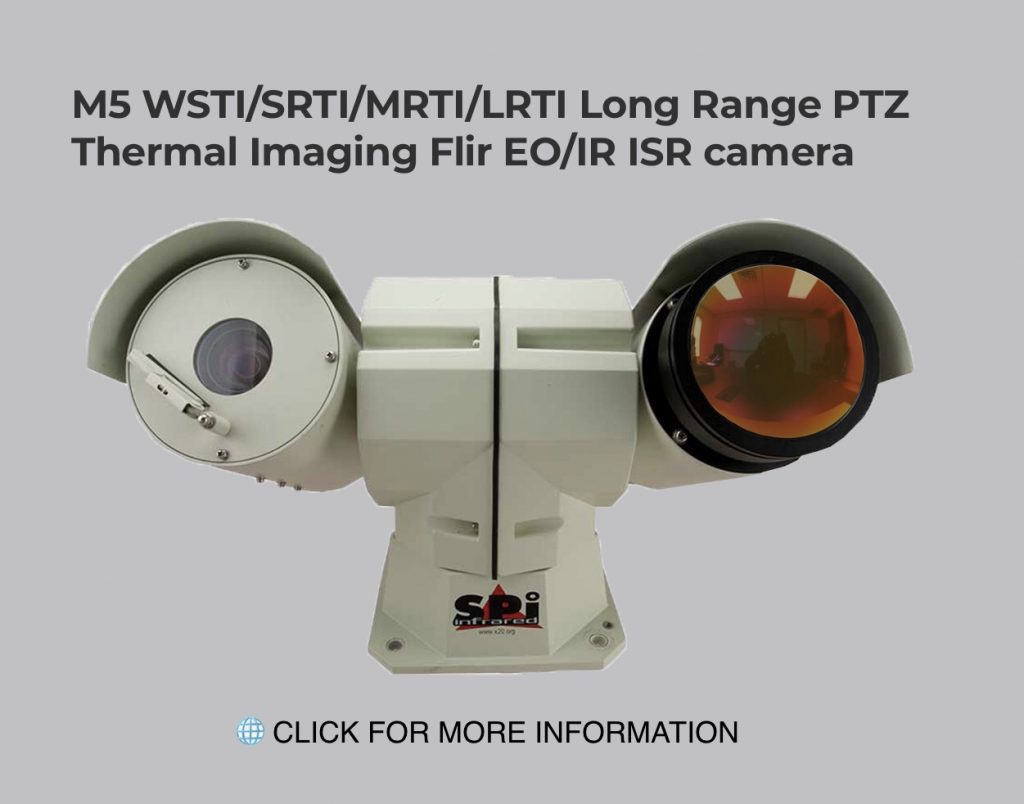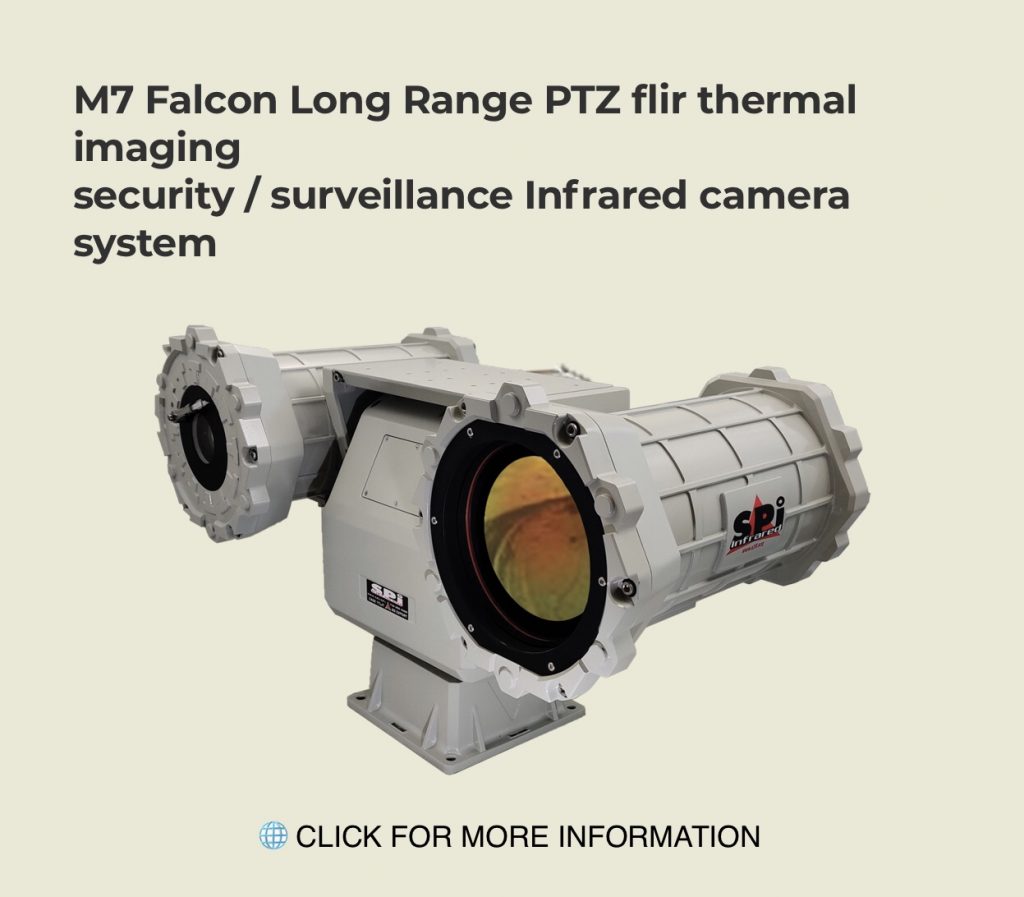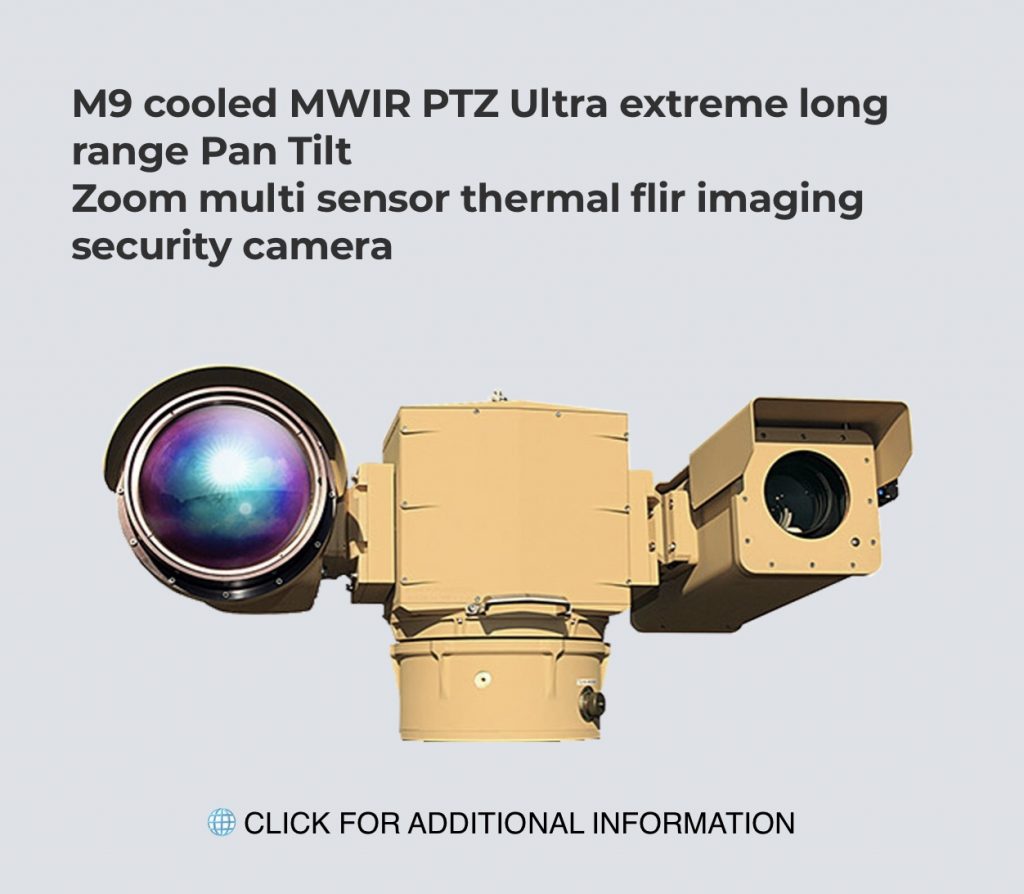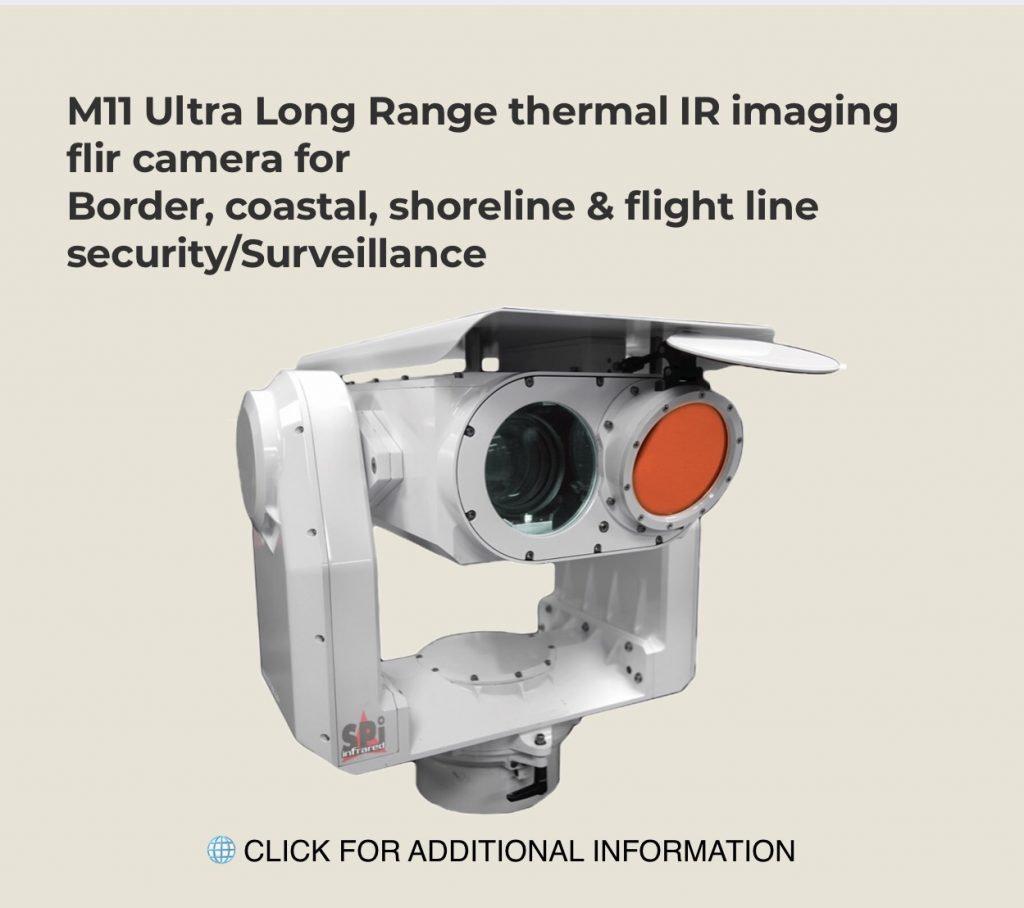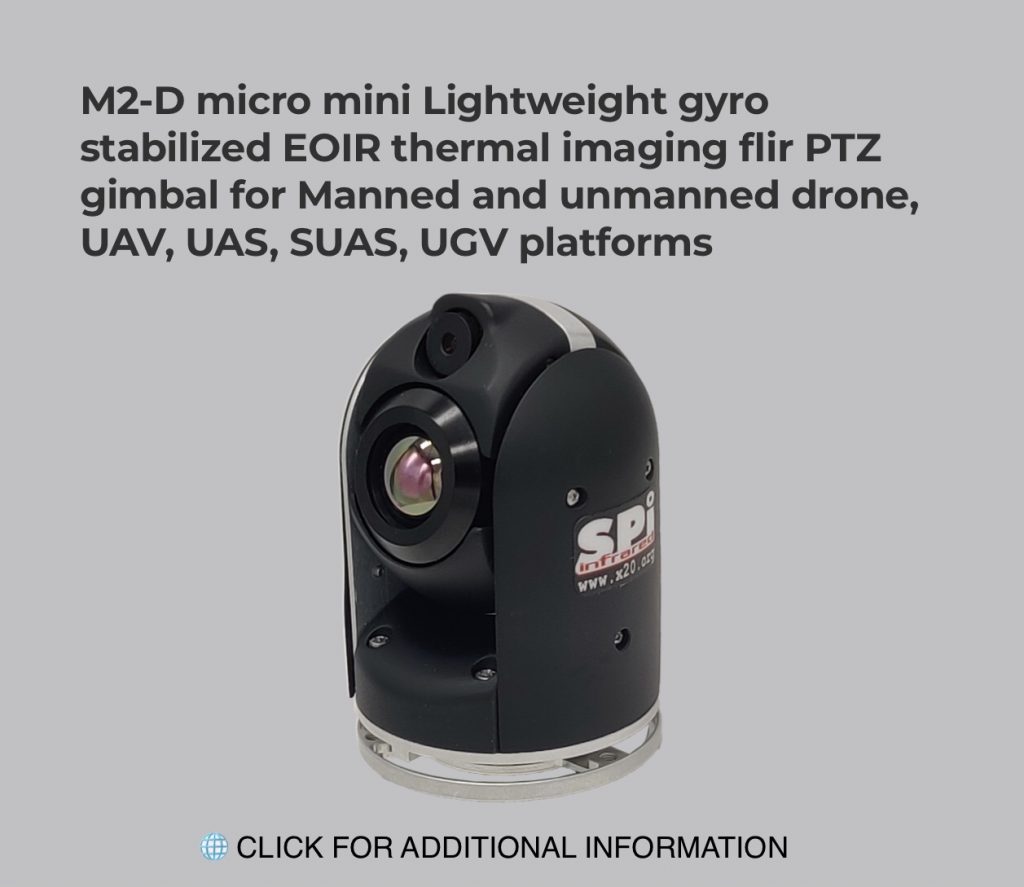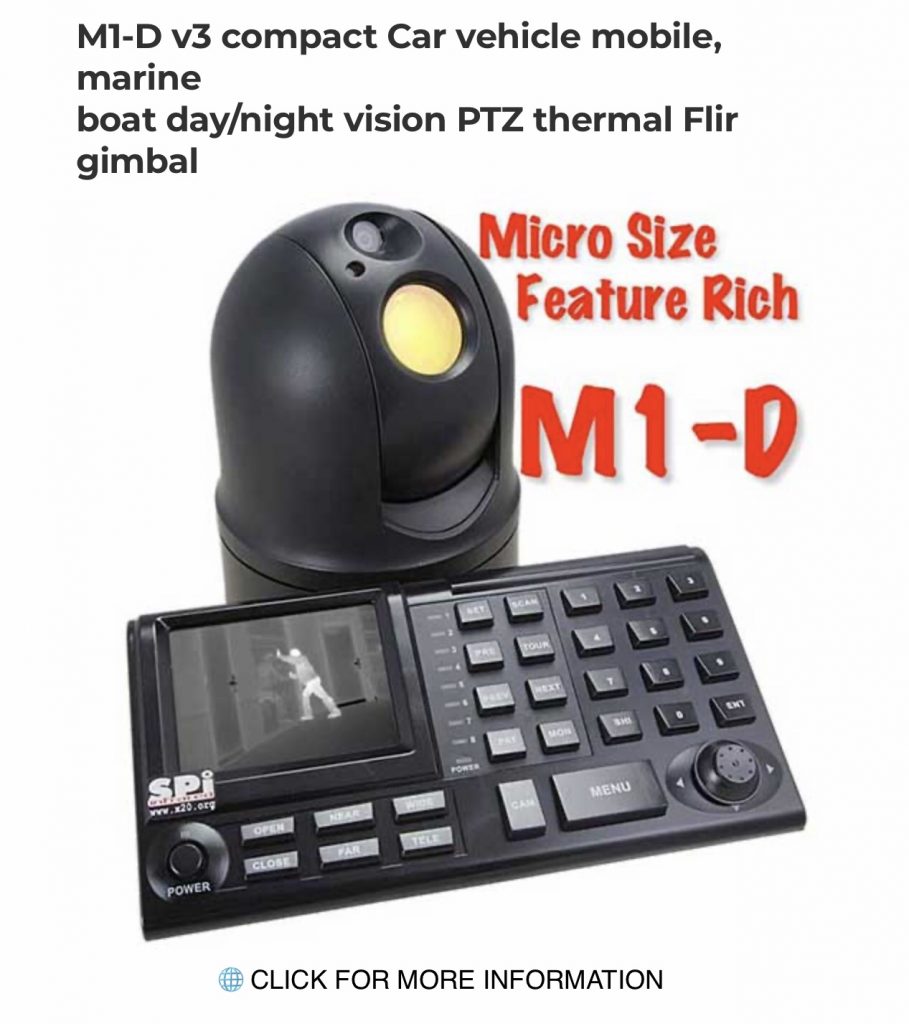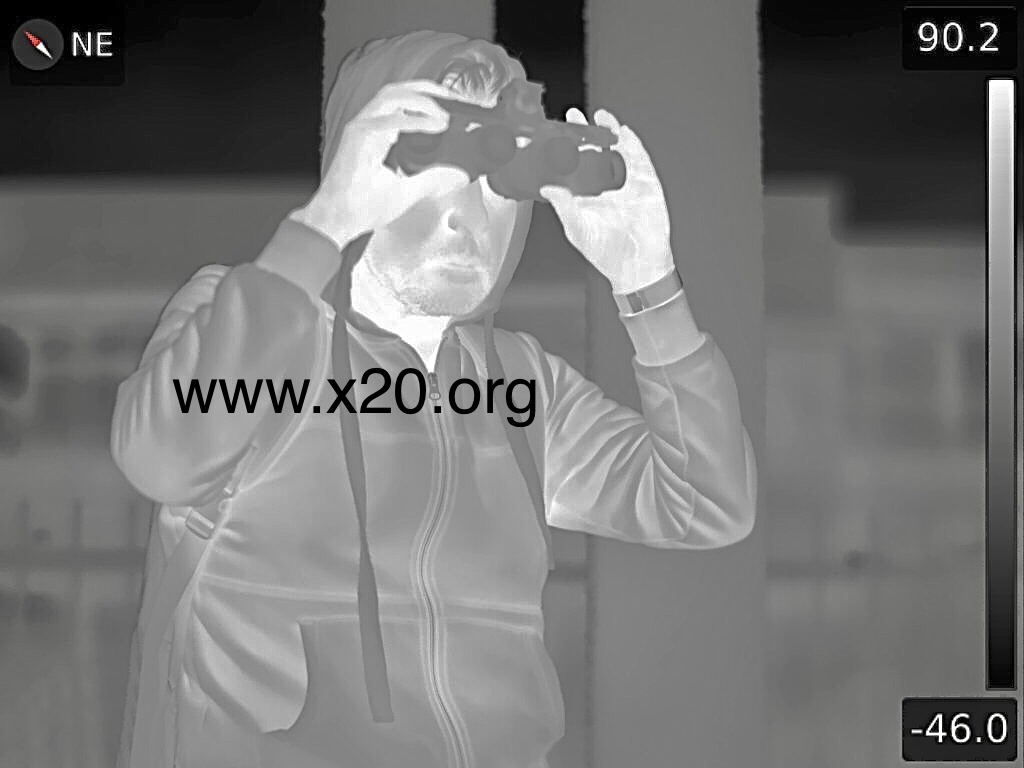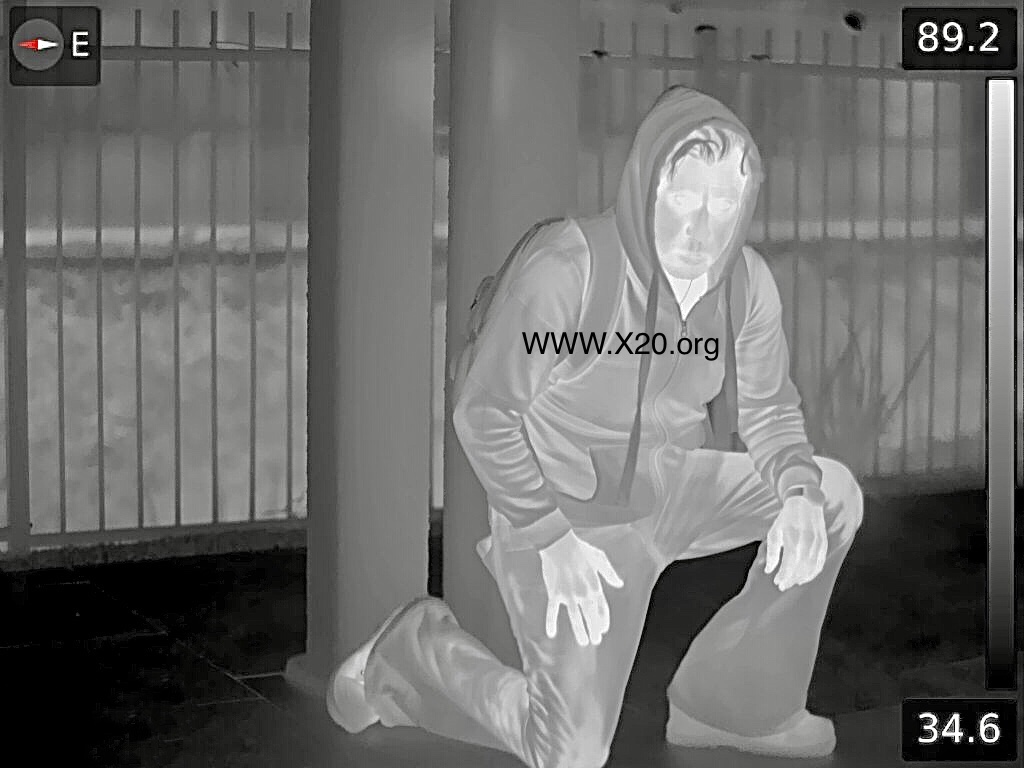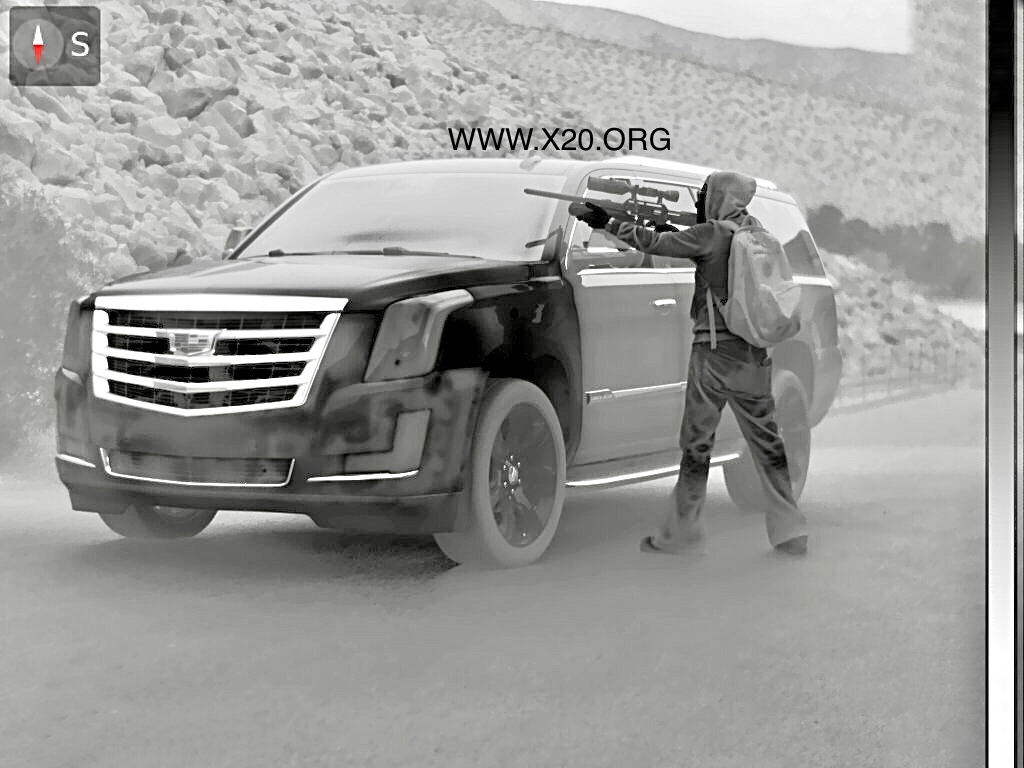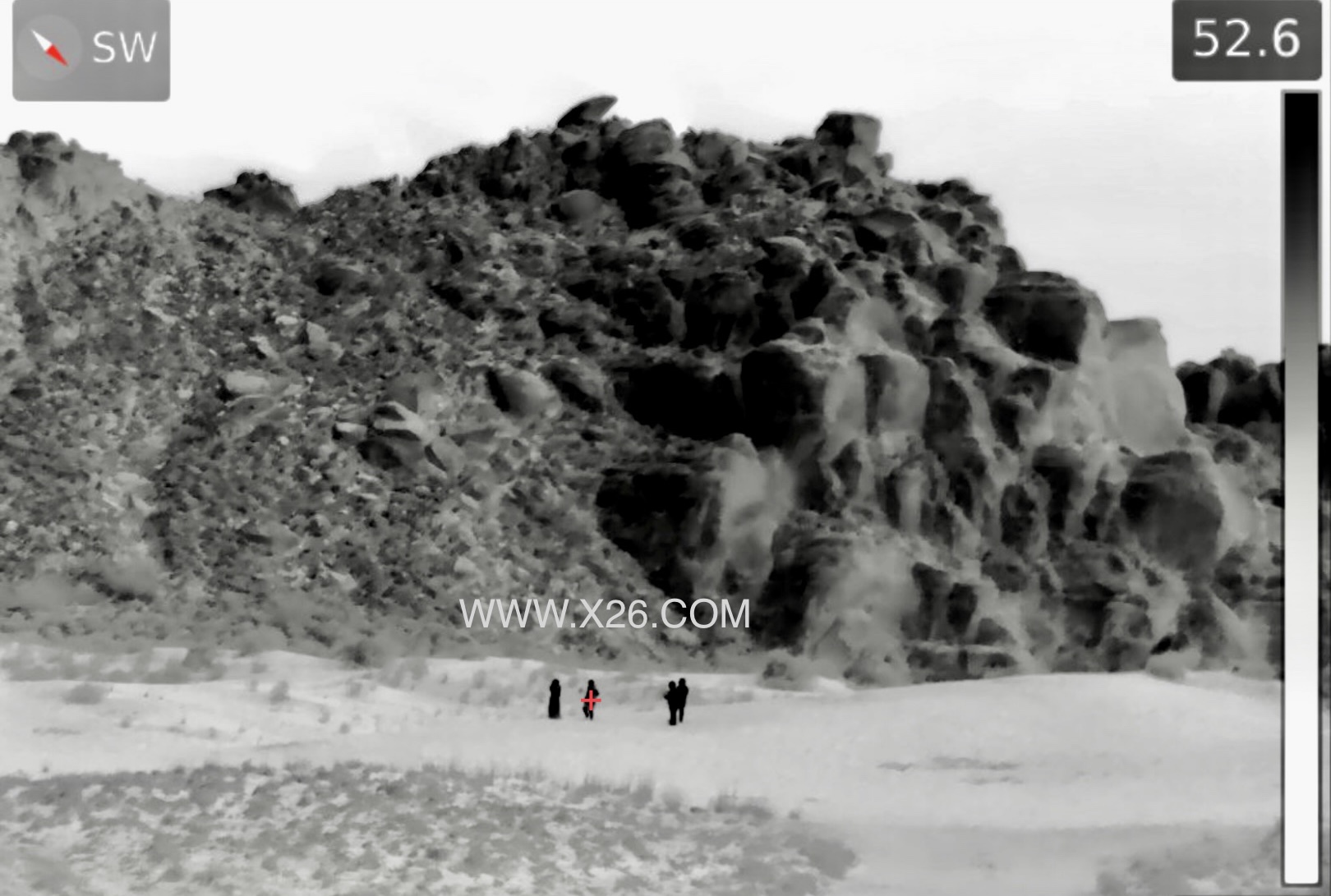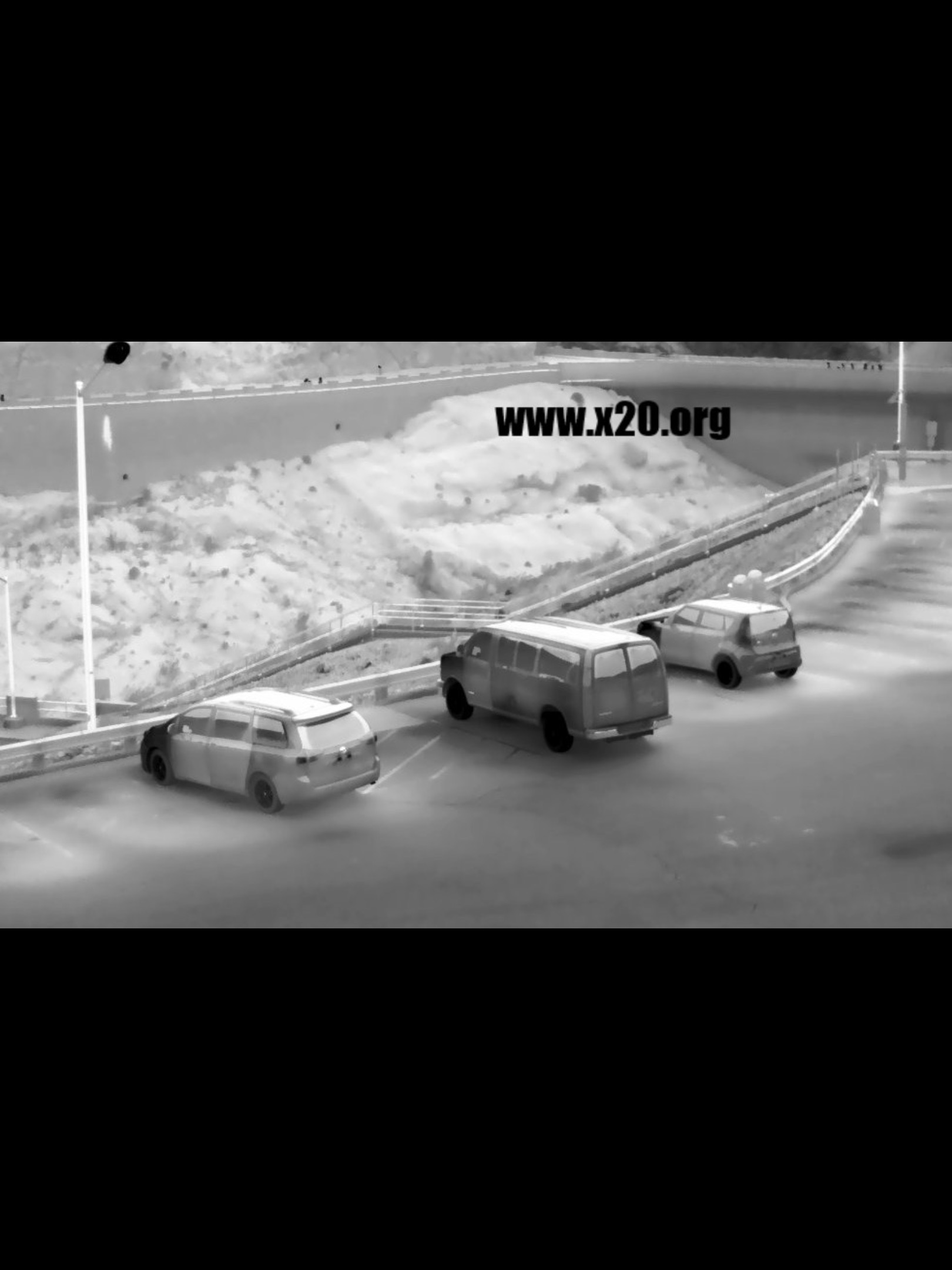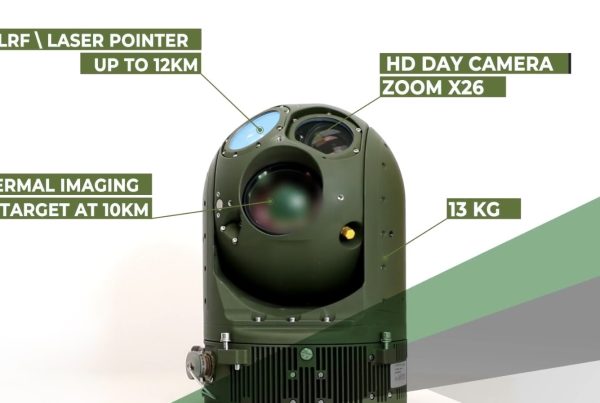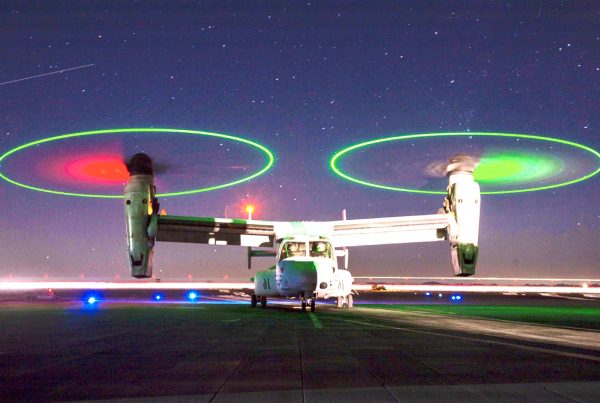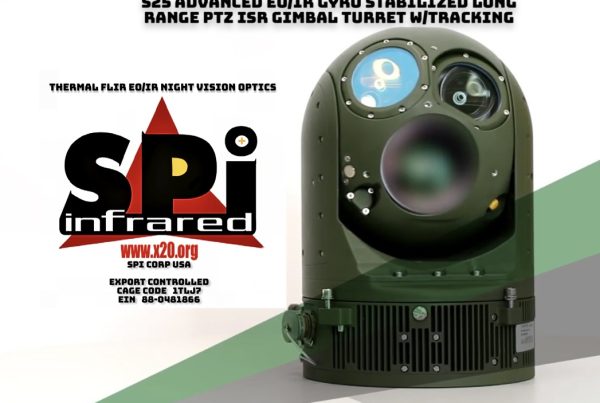Flir PTZ long range thermal imaging cameras for sale
PTZ FLIR thermal imaging Infrared camera systems are positionable FLIR (thermal imaging infrared cameras) that come integrated in a housing called a payload, the steerable Gyro-stabilized EO/IR PTZ FLIR IP system allows the user to move the camera to any desired position for target tracking locating and surveilling.
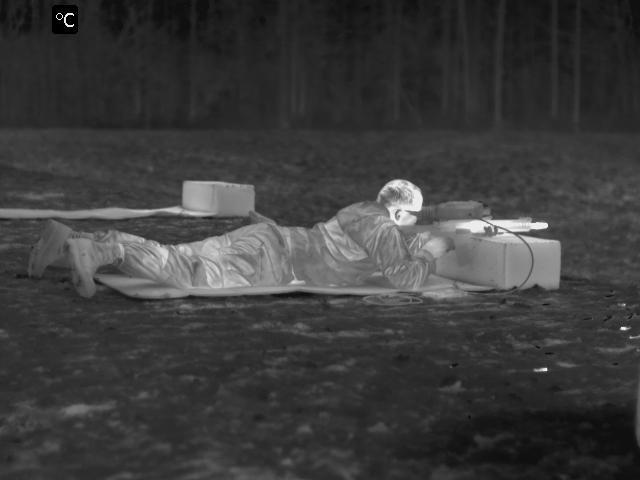
Most all dual sensor and multi sensor PTZ FLIR systems come with a thermal imaging camera with either electronic digital telephoto zoom and or optical continuous zoom telephoto functions. To compliment the PTZ FLIR, a daytime long range (generally 500x zoom) CCTV cmos camera is incorporated with the system to allow for detailed daytime EO (Electro Optical) imaging. Additional sensors can be integrated into the complete PTZ flir camera payload system such as SWIR, X27 Color low light cmos BSI high ISO 4k HD night vision, NIR low light sensors (X26), LRF Laser Range Finder, DMC Digital Magnetic Compass, Geo location, GPS, as well as radars for slue to cue positioning.
THERMAL IMAGING FLIR PTZ CAMERA SELECTION:
M5 PTZ THERMAL IMAGING FLIR CAMERA
M7 PTZ THERMAL IMAGING FLIR CAMERA
M9 PTZ THERMAL IMGING FLIR CAMERA
M11 PTZ THERMAL IMAGING FLIR CAMERA
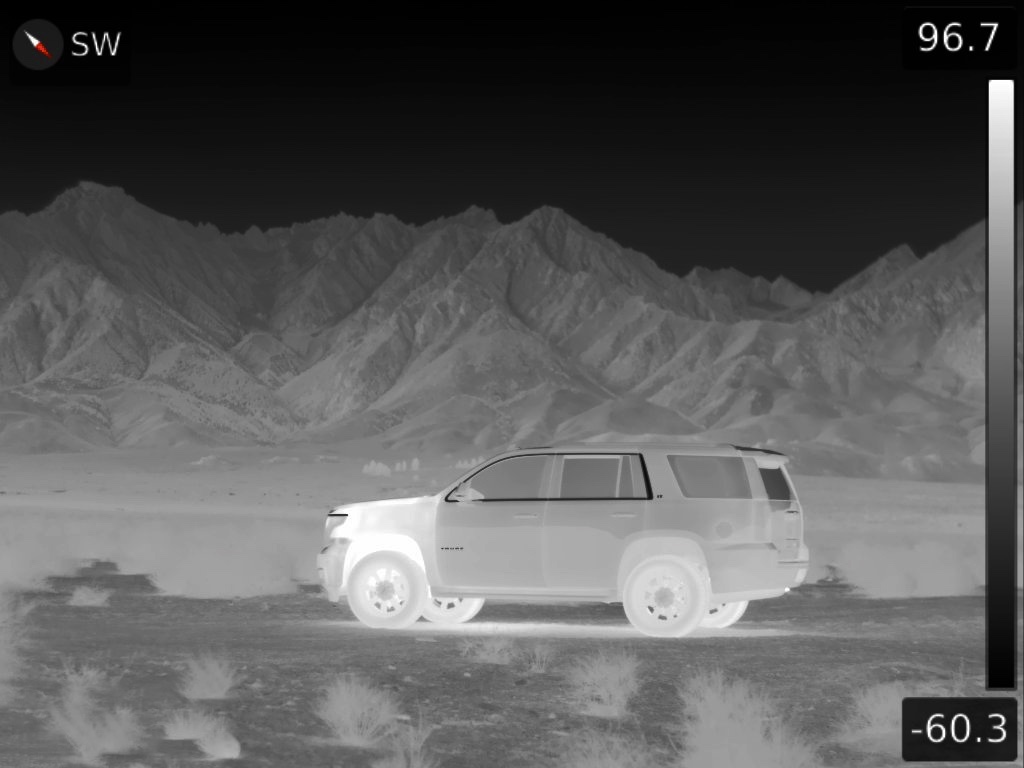
Our PTZ Flir thermal Imaging cameras offer:
- Ultra Long-Range Fast, Coated, hardened Zoom telephoto thermal imaging Germanium Lenses
- Long range Cooled MWIR and UnCooled LWIR Thermal imaging FLIR Cameras
- SD, HD High Definition microbolometer, HOT MCT, InSb ultra sensitive thermal flir IR Cameras
- Robust Multi axis 360 degree Gyro Stabilized Pan & Tilt gimbals
- Gyro stabilized micro mini named and unmanned drone thermal camera turret balls
- SD and HD long range low light visible CMOS color EO continuous zoom cameras
- Long Range LRF Laser Range Finders exceeding 20 kilometer
- Long Range thermal cameras
- Long Range IR Infrared Laser Pointers/illuminators/designators Exceeding 10 mile distances
- Rugged All-Weather IP 67, IP 68, MilSpec, MilStd Designs
- Long range FLIR cameras
- A Host of custom optional add on sensors such as SWIR, LRAD, Laser Dazzlers, CCTV camera countermeasure,
Color night vision, and specialty exotic sensors to compliment our Day/Night PTZ platforms - Anti Drone, UAV, UAS countermeasure and defeat gimbal systems
- 3D Radar 360° Security and surveillance tracking with Slew to cue camera mating
- Panoramic 360° thermal scanning gimbals for constant area security and surveillance
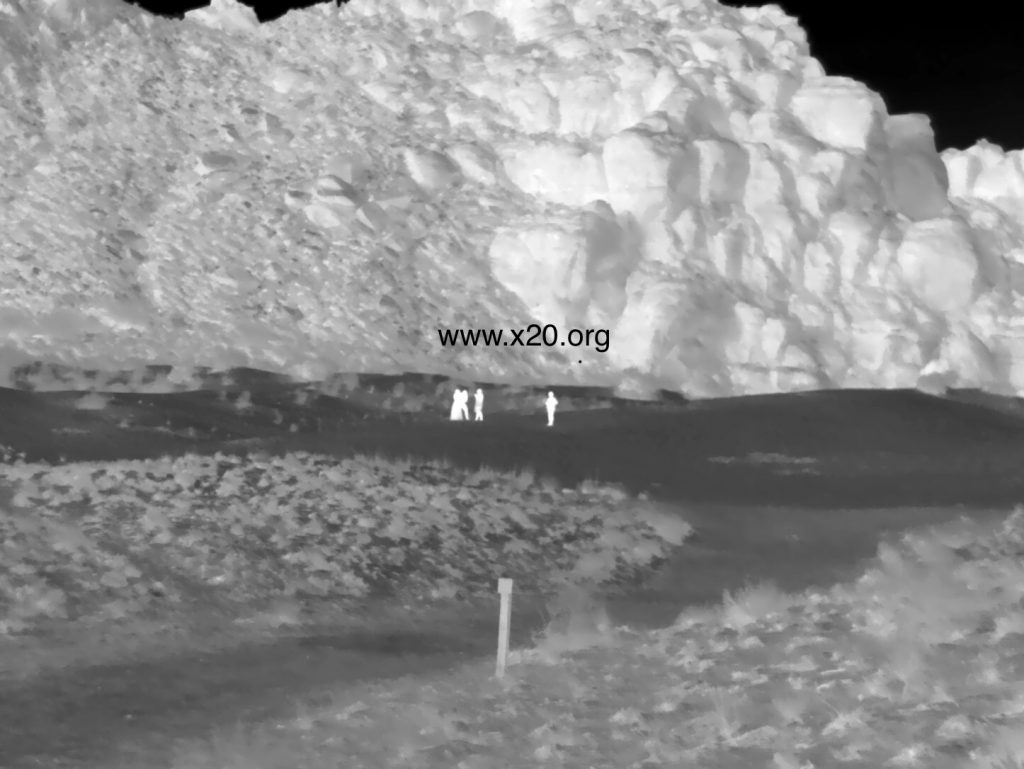
SLUE to CUE Radar Thermal Imaging PTZ FLIR camera assistance is compete camera sensor suite coupled with a radar. The Radar continuously scans the entire scene and when it picks up any activity of interest, it performs a slue to cue radar function and moves the camera to the target area and now starts tracking that object of interest.
The PTZ FLIR camera interacts together with the SLUE to CUE radar and will alert the user of the action initialed while tracking that object in real time. Systems are mil-std810 and are ideal for ISR, c4isr, istar, star, Force Protection, Perimeter Direction, mss, mobile surveillance systems, Emergency Vehicle Situational Awareness, UGV Navigational Aid, border/coastal/frontier long range security and surveillance, Port & Ship Safety and Security, long range Remote Surveillance, long range mast or fixed pan tilt ptz scope trucks, Municipal and Utility Surveillance, ugv and autonomous vehicle navigation multi spectral/sensor system suite, and a host of unique custom long range imaging applications.
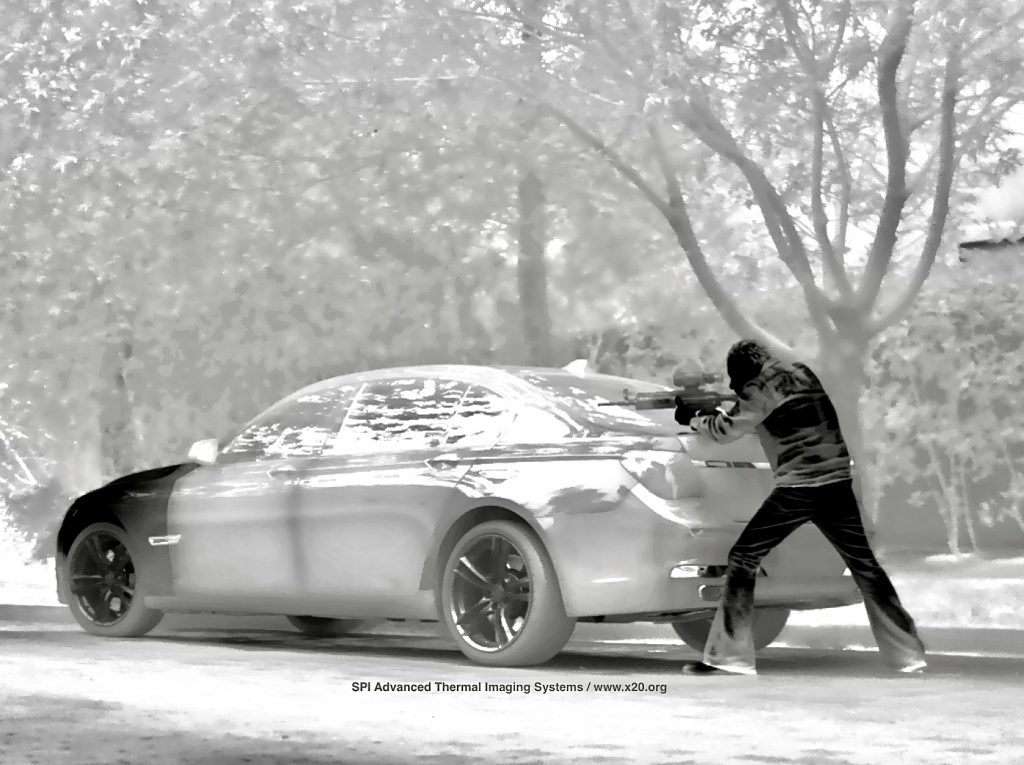 Our newly designed PTZ Flir thermal imaging cameras Incorporate cutting edge new advanced IDCA long life coolers with SLS, NBN, HOT MCT, and INSB detectors for longer range, longer life and greater detection capabilities, these new PTZ Pan Tilt Zoom FLIR thermal imaging cameras will have smaller continuous zoom hardened coated germanium lenses, smaller micro pitch sensors for long standoff ranges in border, shoreline, coastal and military security and surveillance. Contact us for your specific needs, we can supply complete multi sensor pan tilt zoom PTZ gimbals or long ranger MWIR and LWIR thermal imaging standalone FLIR cameras.
Our newly designed PTZ Flir thermal imaging cameras Incorporate cutting edge new advanced IDCA long life coolers with SLS, NBN, HOT MCT, and INSB detectors for longer range, longer life and greater detection capabilities, these new PTZ Pan Tilt Zoom FLIR thermal imaging cameras will have smaller continuous zoom hardened coated germanium lenses, smaller micro pitch sensors for long standoff ranges in border, shoreline, coastal and military security and surveillance. Contact us for your specific needs, we can supply complete multi sensor pan tilt zoom PTZ gimbals or long ranger MWIR and LWIR thermal imaging standalone FLIR cameras.
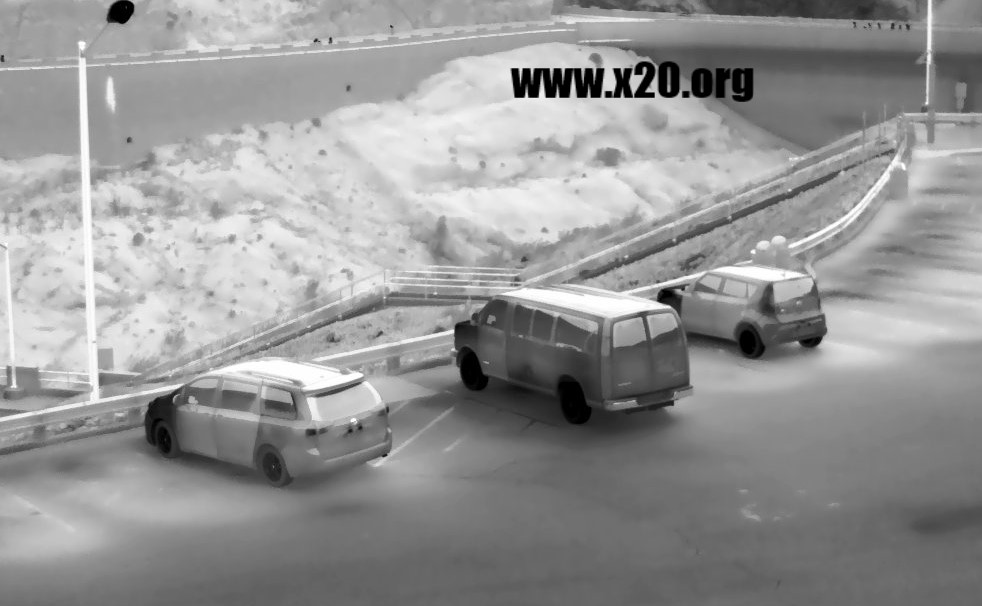
Our Short WSTI SRTI Medium MRTI and LRTI Long Range PTZ FLIR thermal imaging Pan Tilt cameras are suitable for the following applications;
- Port Security/surveillance Thermal imaging Pan Tilt PTZ FLIR
- Coastal Security/surveillance Thermal imaging Pan Tilt PTZ FLIR
- Border Security/surveillance Thermal imaging Pan Tilt PTZ FLIR
- Perimeter Security/surveillance Thermal imaging Pan Tilt PTZ FLIR
- Shoreline Security/surveillance Thermal imaging Pan Tilt PTZ FLIR
- Long Range Security/surveillance Thermal imaging Pan Tilt PTZ FLIR
- Airport Security/surveillance Thermal imaging Pan Tilt PTZ FLIR
- Runway Security/surveillance Thermal imaging Pan Tilt PTZ FLIR
- Maritime Security/surveillance Thermal imaging Pan Tilt PTZ FLIR
- Marine Security/surveillance Thermal imaging Pan Tilt PTZ FLIR
- Critical Infrastructure Security/surveillance Thermal imaging Pan Tilt PTZ FLIR
- Vehicle mounted Security/surveillance Thermal imaging Pan Tilt PTZ FLIR
- Multi Sensor Security/surveillance Thermal imaging Pan Tilt PTZ FLIR
- Dual Sensor Security/surveillance Thermal imaging Pan Tilt PTZ FLIR
- Panoramic scanning Security/surveillance Thermal imaging Pan Tilt PTZ FLIR
- Drone, UAV, UAS, SUAS Security/surveillance Thermal imaging Pan Tilt PTZ FLIR
- Range Security/surveillance Thermal imaging Pan Tilt PTZ FLIR
- Covert / Special operations tactical Security/surveillance Thermal imaging Pan Tilt PTZ FLIR
- Unmanned Ground Vehicle UGV Security/surveillance Thermal imaging Pan Tilt PTZ FLIR
- EO-IR Security/surveillance Thermal imaging Pan Tilt PTZ FLIR
Long range pan tilt zoom PTZ Thermal Imaging Multi Sensor camera system connectivityOur long range ptz thermal imaging cameras are easy to learn & extremely easy to install, The units are fully universal and have Serial data and analog video outputs, connecting to Ethernet, IP or any standard wired or wireless network is simple, due to the non proprietary / universal outputs. Many commercially available off the shelf modules are also available that interconnect to the gimbal for custom or exotic installs.BenefitsAffordable low cost solution to long range day/night imaging, incorporating the best quality, highest grade materials that are made to last.
Detect objects, vehicles, persons or incidents even in complete darkness and make it impossible for individuals to hide in shadows or blend in against complex backgrounds.
Do not demand any additional light sources and handles many difficult weather conditions including smoke, haze and dust.
Cannot be blinded by strong lights or put out of order using laser pointers, etc.
Are available as out-of-the-box outdoor-ready products for cost-effective installation & complement many network video installations.
Require minimized storage and bandwidth due to support for industry-standard video compression techniques such as Motion JPEG and H.264.
Are ideal for intelligent video and typically offer higher accuracy in analytics than conventional cameras, because they are immune to light conditions and normal shadows. The cameras offer video motion detection, active tampering alarm, and provide capacity for third-party analytics modules, including support for COTS Camera Application Platform.
Support Power over Ethernet to supply power to the camera via the network, eliminating the need for power cables and reducing installation costs.
Include the industry-standard open interface which ensures support for the market’s broadest range of video management systems.

Tactical imaging ptz flir cameras Can be custom configured with Ultra long range optics for extreme distance detection ranges such as:
5 KM Kilometer Detection Ranges
10 KM Kilometer Detection Ranges
15 KM Kilometer Detection Ranges
20 KM Kilometer Detection Ranges
25 KM Kilometer Detection Ranges
30 KM Kilometer Detection Ranges
35 KM Kilometer Detection Ranges
40 KM Kilometer Detection Ranges
45 KM Kilometer Detection Ranges
50 KM Kilometer Detection Ranges
55 KM Kilometer Detection Ranges
60 KM Kilometer Detection RangesVEHICLE, LARGE VESSEL AND AIRCRAFT DETECTION RANGES IN EXCESS OF 45 KM KILOMETERS.ISR Security/surveillance Thermal imaging Pan Tilt PTZ FLIR
Like any other long range IR or Infrared camera, a long range PTZ thermal or thermographic flir imaging camera collects electromagnetic radiation which is formed into an image. But while a conventional cmos/ccd, tv, eo or ccd/cctv cameras works in the range of visible light, i.e. with wavelengths between approximately 400 and 700 nanometers (0.4–0.7 μm), a thermal imaging flir camera is designed to detect radiation with greater wavelengths, up to around 14,000 nanometers (14 μm). Radiation in this part of the electromagnetic spectrum is referred to as infrared, or commonly IR, which in turn can be divided into several sub-groups. Near-infrared light has a wavelength of about 0.7–1.5 µm, which is just beyond what the human eye can see. Camera sensors, on the other hand, can be built to detect and make use of this type of radiation. A so-called day-and-night camera uses an IR-cut filter during daytime to filter out IR-light so it will not distort the colors of images as perceived by the human eye. When the camera is in night mode, the IR-cut filter is removed. Since the human eye is unable to see infrared light the camera displays the image in black and white. Near infrared light or NIR also requires some kind of light source – either natural, such as moonlight, or man-made, such as street lights or a dedicated IR-lamp.
Standard SD and HD Functionality from the Long range M7 IR PTZ Provides an optioanl 16:9 wide screen video that shows more of the important part of the scene and fits well on modern screens. The long range M7 thermal imaging camera is equipped with powerful continuous optical zoom capability on the thermal image. It offers excellent situational awareness but also the possibility to zoom-in, and see more detail, once a target has been detected. This way operators can see farther recognize more detail and react more quickly to security threats. The advantage of continuously zooming compared to other systems that are using a rotating lens system is that there is no switch or swapping between the different images. You can gradually zoom in while keeping your focus all the time. The unit has quick auto focus & has a plethora of upgradeability options to make sure the system stays current with your evolving surveillance network.
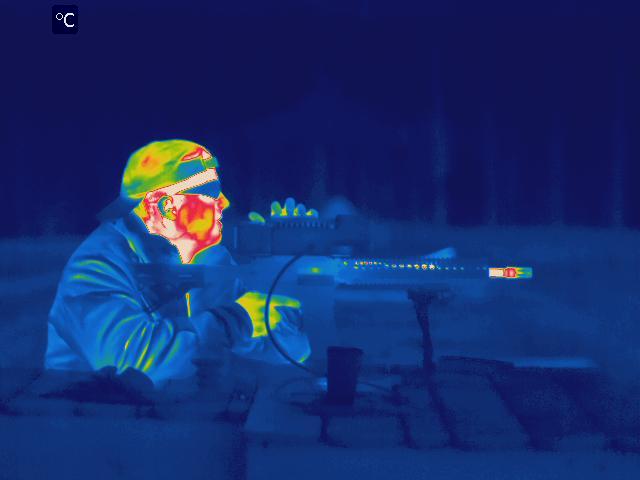
Moving further away from visible light, the rest of the IR-spectrum is usually divided into the following categories: Short-Wave Infrared (SWIR), approx. 1 – 3 µm Mid-Wave Infrared (MWIR), approx. 3 – 5 µm Long-Wave Infrared (LWIR), approx. 8 – 12 µm Very Long-Wave Infrared (VLWIR), approx. 12 – 25 µm Far-Wave Infrared (FWIR), approx. 25 µm – 1 000 µm or 1 mm Note that there is a gap between 5 µm (MWIR) and 8 µm (LWIR). This part of the waveband is virtually unusable for thermal imaging purposes because of the high spectral absorption of the atmosphere in this range. Microwaves have a wavelength exceeding 1 mm. At the far end of the spectrum are radio waves, with a wavelength of 1 meter and more. In the other end of the spectrum, wavelengths shorter than those of visible light are successively referred to as ultraviolet, x-rays, and gamma rays.
An object’s thermal radiation is also dependent on its temperature – the hotter it is the more thermal radiation it emits. Humans cannot see this, but we can sense it, for example, when we approach a camp fire or enter a sauna. The greater the temperature difference in a scene, the clearer will the thermal flir images will be. Furthermore, some materials will have a different emissivity in the mid-wave infrared spectrum than in the long-wave span. For imaging purposes these differences in emissivity are, for the most part, of secondary importance since the camera’s sensitivity can be defined as its capability to distinguish between temperature differentials. Thermal images are sometimes associated with bright, intense colors – which may seem a bit odd considering that the camera works outside the spectrum of visible light. The answer is that the colors are created digitally, so-called pseudo-colors but produce a very vivid crisp useable picture. Each color or nuance represents a different temperature, usually white and red for higher temperatures, over green, blue and violet for colder ones. The reason is foremost practical since the human eye is better at distinguishing different shades of color than different shades of grey. Detectors used for thermal imaging can be broadly divided into two types: Cooled thermal imagers that typically operate in the mid-wave infrared (Long range MWIR) band and uncooled thermal imagers that operate in the long-wave infrared (long range LWIR) band. Ultra Extreme long range Cooled and uncooled systems both have thier advantages in the world of distant range narrow FOV thermal imaging applications.
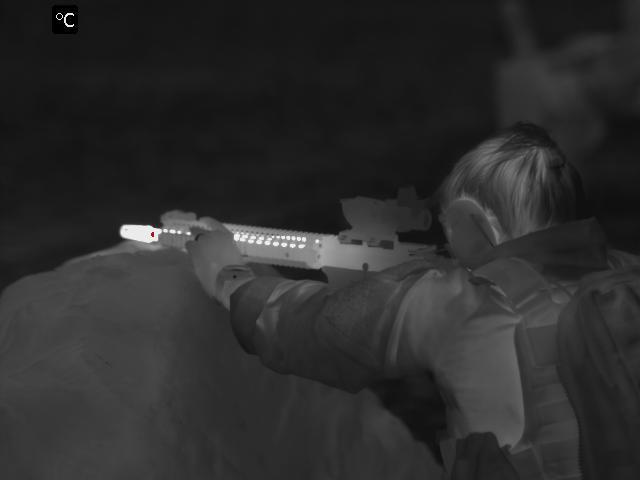
With PTZ or pan / tilt / zoom thermal imaging becoming relatively cheaper and an integral part of Short, medium, long and extreme ultra long range Surveillance, security, observation systems, a whole range of uses becomes both possible and economically viable. long range Thermal flir PTZ cameras can be an excellent complement in many situations where conventional cameras diminish thier performance as low light levels are present. They are, of course, unparalleled in a situation of twilight, thermal cross-over, near darkness and total darkness. They can also be an option in areas that are very difficult to illuminate effectively, for example a sea front, a harbor, or any other vast expanse of open water thus making SPI’s long range PTZ thermal infrared imaging Ir cameras paramount for use in marine, boat, vessel and ship applications. Similarly, artificial light not only runs the risk of revealing where the cameras are placed, enabling parties to avoid or vandalize them, but can also create projected shadows in which an intruder can avoid detection. Furthermore, spotlights can blind as well as illuminate. So cameras that do not rely on light can be the preferred solution in many different traffic situations, whether it is in railway tunnels, on air strips, runways, or on regular streets. Long Range Thermal flir PTZ cameras, on the other hand, cannot be blinded by bright lights or laser beams.
SPI Corp’s long range multi sensor Eoir flir thermal imaging camera systems offer substantial long distance detection ranges allowing the operator to be positioned at very far distant standoff locations offering ample time to react, to threats or targets of interest. Long range imaging systems provide a benefit to the user when coupled with an array of sensors and geo locating modules especially in specialty military, security and surveillance applications. The farther you are, the more time you have to react and not be seen.
We are here to help assist you in selecting the absolute highest quality, cost effective
day/night video security/surveillance system for your needs.
Additional Long range thermal cameras
are available at this LINK
Click here for the history and terminology related to thermal
infrared flir imaging and night vision equipment.
Long range thermal imaging flir PTZ camera resources
CALL (702) 499-9551 OR EMAIL US FOR
ADDITIONAL INFO AND DISCOUNTED PRICING
What the science behind a long range thermal imaging FLIR IR night vision PTZ pan tilt gimbal turret camera?
(a) Housing – Usually composed of an aluminum bell shaped cover, The housing can be of all shapes and sizes from plastic to military grade hardened coated all weather NBC Nuclear Biological Chemical compliant
(b) Camera module
This is where the image FLIR, MWIR, LWIR, SWIR, night vision, intensified, cmos, long wave, short wave, mid wave cooled and uncooled detector and sensors reside, CCD sensor, optical zoom germanium DFOV, TFOV, Fixed and CZ continuous zoom lenses, and the motors that control Zoom and Focus are located.
(c) PTZ Pan Tilt control board
The PTZ control board processes RS485 data that converts it into mechanical movements. Some are Pelco, Pelco Extended and are available in a wide array of protocols supporting VMS, GUI, ONVIF, IP, ETHERNET, FIBER, MICROWAVE, ANALOG, DIGITAL and WIRELESS
(d) PTZ motors – are the small motors that allow the thermal FLIR and CCTV HD camera to perform up, down, left and right functions. Marked by the arrows are two step motors; the one to the top controls up and down movements and the one at the bottom controls left and right movements, some systems have no motors and other methods of moving the cameras PTZ, some use brushless motors.
We can Customize your long range Pan Tilt Zoom Thermal, CCTV and other exotic sensor system to cater to your exact application,
We have facilities that can satisfy any requirement in a rapid response timeframe. We offer the worlds longest range, best weapons grade all weather IP68 hardened PTZ EOIR
imaging systems.
Contact us for additional information and pricing or call 702-499-9551
Long Range Visible HD CCTV cameras can compliment the Thermal cameras and assist in daytime and low light DRI (Detection, Recognition and Identification)
Long range Critical infrastructure applications require not only continuous video surveillance and monitoring, but also a solution that yields highly reliable intrusion detection, with fewer false alarms. This need makes advanced video analytics a must for any adequate long range thermal/cctv surveillance system.
Advanced analytics will provide multiple automated alarm notification options, including email, edge image storage, digital outputs or video management software (VMS) alarms. Incorporating high quality, unique and adaptive analytics can virtually eliminate false alarms, allowing security personnel to respond more efficiently and effectively, while also lowering overall cost for the end user.
While traditional long range surveillance & security technologies such as radar, thermal flir imaging and visible cameras, or video analytics work well on their own, utilizing all of these options together provide an advanced perimeter detection system. For example, ground surveillance radar can detect possible threats beyond the fence line as they approach and send a signal to pan-tilt-zoom (PTZ) cameras, triggering them to slew to a specific location. From there, embedded analytics and visible cameras can further identify objects, notify authorized staff, and collect additional evidence through facial recognition or high-quality photos.
Once a long range intrusion attempt is discovered, it is important to act fast. Organizing a response system that can initiate actions based on GPS location data, such as the slewing of FLIR PTZ cameras, automated intruder tracking or activated lighting sensors, greatly increases staff’s situational awareness while easing their workload. For instance, thermal imagers deployed in conjunction with video analytics can be used to generate an initial alarm event, which can then trigger a sequence of other security equipment and notifications for personnel to eventually respond to. Having all of this in place essentially lays the entire situation out in a way that allows responders to accurately understand and evaluate a scene.
After the designated auto-response mechanisms have activated and done their job, it is time for responders to acknowledge and assess the situation. From here, authorized personnel can take the next appropriate step toward defending against and delaying the threat. Deterring suspicious activity can be achieved through real-time two-way audio, a simple but powerful tool. Often, control room operators can diffuse a situation by speaking over an intercom, telling the trespasser that they are being watched and that the authorities have been notified.
The primary purpose of the delay facet of the overall perimeter protection strategy is to stall an attempted intrusion long enough for responders to act. Access control systems play a key role in realizing this objective. When a security officer sees a non-compliant, suspicious individual on the camera feed, the officer can lock all possible exits to trap them in one area all through the VMS.
Global Flir PTZ long range thermal imaging cameras Market Size, Status and Forecast 2020-2026
This report studies the Flir PTZ long range thermal imaging cameras market with many aspects of the industry like the market size, market status, market trends and forecast, the report also provides brief information of the competitors and the specific growth opportunities with key market drivers. Find the complete Flir PTZ long range thermal imaging cameras analysis segmented by companies, region, type and applications in the report.
New vendors in the Flir PTZ long range thermal imaging cameras market are facing tough competition from established international vendors as they struggle with technological innovations, reliability and quality issues. The report will answer questions about the current market developments and the scope of competition, opportunity cost and more.
The final report will add the analysis of the Impact of Covid-19 in this report illustrating Flir PTZ long range thermal imaging cameras industry.
Market Overview:-
Flir PTZ long range thermal imaging cameras market is segmented by Type, and by Application. Players, stakeholders, and other participants in the global Long Range Camera market will be able to gain the upper hand as they use the report as a powerful resource. The segmental analysis focuses on sales, revenue and forecast by Type and by Application for the period 2015-2026.
Flir PTZ long range thermal imaging cameras Market in its database, which provides an expert and in-depth analysis of key business trends and future market development prospects, key drivers and restraints, profiles of major market players, segmentation and forecasting. An Long Range Camera Market provides an extensive view of size; trends and shape have been developed in this report to identify factors that will exhibit a significant impact in boosting the sales of Long Range Camera Market in the near future.
Overview
Long range flir Monocular thermal imaging cameras are useful when it is important to maintain some peripheral vision since only one eye is used to view the image through the eyepiece. Long range Monocular thermal imagers, scopes, sights and clip on scopes are typically smaller and lighter than other handheld thermal imagers and most permit one-handed operation. Since long range binocular thermal flir imagers provide a dual stereo, separate image to each eye, they provide good depth perception. However, they are typically more expensive and heavier than other long range flir handheld thermal imagers because they have twice the components. Bi-ocular long range flir thermal imagers may reduce eye strain, especially when using the thermal imager for long periods of time. Flir long range Handheld thermal imagers with an external display do not feature an eyepiece and can usually be held and operated with one hand. Since the user’s focus is brought to the screen, it may be difficult to use other devices (i.e., other duty gear) at the same time. In addition, the brightness of the screen may affect covert operations.
Some long range flir thermal imagers are also equipped with a video output option that enables the image to be displayed on a separate external display. Common video output options include National Television System Committee (NTSC), phase alternating line (PAL), and RS-170. Video may also be available in a digital format via a Universal Serial Bus (USB) connection. NTSC and RS-170 are standard video formats used widely in both North and South America, excluding Brazil. Most of Europe, Brazil, Australia, and Asia use the PAL standard.
Image Resolution, Refresh Rate, and Video Polarity
The image resolution, refresh rate, and video polarity of flir long range IR handheld thermal imagers affect the image quality.
• Image Resolution: The image resolution of a long range night vision flir handheld thermal imager is an indicator of its ability to resolve detail in an image. Although it is not the sole determining factor, a higher resolution greatly contributes to capturing a clear, high quality image, This is due to the fact that a higher resolution imager uses more pixels, allowing more detail of the scene to be captured and displayed. The image resolution of a flir long range handheld thermal imager is determined by the IR detector resolution and the display resolution. The resolution of each of these may be different, and it is important to note that the display cannot produce more pixels than what is provided by the IR detector. For example, if thermal imager has a display with a 640×480 resolution (307,200 pixels) and an IR detector with a 420×240 resolution (100,800 pixels), the resulting image will have 100,800 pixels (i.e., a resolution equivalent to the IR detector), not 307,200. SPI is now offering long range thermal imaging flir cameras with HD 1280 and 1920 high definition high sensitivity resolution with gyro stabilization, ptz, ip, and network capabilities for remote unmanned or manned use. Multi sensor, multi spectral long range pan tilt zoom or PTZ systems are available with multiple cooled / uncooled payloads like visible – NIR – SWIR – MWIR – LWIR – VLWIR.
It would be unusual to find a long range IR flir thermal imager with an IR detector resolution higher than the display resolution; therefore, the IR flir detector with long range zoom germanium lens resolution is typically a better reference of image quality than display resolution. Video Polarity: Video polarity refers to the color gradients or shades displayed to indicate IR differences. Video polarity aids in understanding the various heat levels emitted from people and objects in the surrounding area, the three most common video polarity display modes are white hot, black hot, and color, and most thermal imagers feature user-selectable display modes. In white-hot display mode, hotter temperatures appear lighter while cooler temperatures appear darker. The opposite is true in black-hot display mode. Typically, a white-hot display mode provides more details of a specific person or object within a scene and a black- hot display mode provides better details of the overall scene. Color display modes are available in different gradients (e.g., sepia) that vary across manufacturers. Color display modes may allow for a more comprehensive understanding of IR differences. Display mode preferences generally vary by user and application. When interviewed, emergency responders recommended swapping between display modes regularly to take advantage of the benefits of each. Detection Range
Although manufacturers specify the maximum detection range on their models, it is unclear which relevant testing standards were used to determine these numbers. Moreover, manufacturers often mention that actual performance under real-world circumstances may differ from their specified values. The optical magnification, electronic zoom, and field of view of a thermal imager may influence the detection range.
• long range flir thermal Optical zoom Magnification: Some long range PTZ flir thermal imagers feature lenses with different magnifications that provide an enlarged view of people and objects viewed with the thermal imager. Optical magnification lenses do not affect the image quality
(i.e., resolution), making them an attractive option for viewing details of objects at far distances. However, the additional weight and size these lenses add may make them less attractive for emergency responders who need to keep their gear lightweight. Electronic Zoom: Many handheld thermal imagers feature an electronic zoom capability that also magnifies the image. When used, electronic zoom magnifies the image by cropping the image and enlarging the pixels. Since pixels are larger and fewer in the resulting image, electronic zoom reduces the overall resolution of the image. Selecting a model with a higher-resolution can help compensate for the reduction in resolution caused by electronic zoom. The closer a person or object of interest is, the more pixels used; therefore, the degraded resolution from electronic zoom becomes less apparent at closer ranges. Each thermal imager has a specific temperature range in which it can detect and differentiate people and objects with different intensities of IR waves. Objects outside a thermal imager’s temperature range appear with the same intensity. Thermal imagers designed for law enforcement use generally differentiate temperatures up to 140 °F, whereas thermal imagers designed for firefighter applications accurately differentiate temperatures up to and around 1,000 °F.
Standards/Regulations
Standards for using thermal imagers in fire service applications can be found in National Fire Protection Association (NFPA) 1801: Standard on Thermal Imagers for Fire Service, 2013 Edition. In addition, standards for using thermal imagers in search and rescue can be found in NFPA 1670: Standard on Operations and Training for Technical Search and Rescue Incidents, long range security/surveillance.
Low-Visibility lll low light level Conditions
Various low-visibility scenarios may call for the use of handheld thermal imagers as a main source of vision. Whether at night time, in a foggy or smoky environment, or a combination of such, thermal imagers can aid in discerning between objects, animals, and people. These conditions are frequently encountered when conducting search and rescue operations, or when searching for hostages or suspects. Search and Rescue Operations
Thermal imagers can be very helpful in search and rescue missions. Agencies with experience using thermal imagers in search and rescue missions periodically bring up their thermal imager for a few seconds for a quick scan. They scan an area, proceed, and scan their next area.Long range Handheld Thermal Imagers Suspect and Hostage Detection
Long range flir Thermal imagers can be useful when locating people (e.g., suspects or hostages) hidden in foliage and other similar situations, long range Thermal flir imagers can also be used to follow recently laid foot tracks and tire skid marks up to minutes after they were laid. Some agencies reported using thermal imagers when approaching a night time scene to scope out any potential threats in the area. In these high mobility situations, thermal imagers need to be lighter and smaller, have a high refresh rate, and allow for simultaneous use of other duty gear. The exception is when there is an officer who is designated to using the thermal imager while other officers remain armed and ready.
Scene Investigations
Long range flir Thermal imagers can aid in crime, accident, and
firefighting scenes. With a long distance flir night vision thermal imager, it is
possible to see what objects have been interacted with
in the near past such as weapons, tools, or shell
casings. Blood, traces of blood, footprints, handprints, and tire skid marks are all detectible by
thermal imagers. Because the aforementioned
subjects have a quickly dissipating heat signature,
thermal imagers with quick start up times and
image/video capture options are very useful. The heat
dissipated from the engines of recently running
vehicles can also be detected by long range PTZ flir thermal imagers.
Law enforcement agencies have reported the use of
thermal imagers to find discarded weapons along the
side of a road or in a dumpster. Moreover, firefighters
prefer to survey the temperature of a room or building
before entering it. Although thermal imagers
normally cannot see through walls, the temperature of
the wall itself can help determine the severity of the
fire behind it. This helps determine if any routes through the building will cave in or collapse.
Hidden Compartments
Contrary to popular belief, long range PTZ flir thermal imagers do not see through most solids. However, imagers can be used to spot irregularities such as hollow body panels or patched drywall. This is because these irregularities may have different surface qualities that have more emissive properties for their IR waves to propagate. Abnormalities in heat distribution can provide clues for what to investigate at a scene. For example, a hollow panel will have a different IR reading when it is more or less insulated compared to its surrounding environment.
Since an extreme amount of heat is typically produced in the creation of illicit drugs, handheld thermal imagers can be useful tools confirming the existence of suspected clandestine laboratories. Additionally, handheld thermal imagers can be used to analyze barrels and containers that are suspected to have hazardous materials in them, since many hazardous materials have a distinct heat signature, and may be able to confirm the amount of materials in opaque containers.
Firefighters have also found thermal imagers useful when determining the approximate levels of gasoline in storage tanks. Because the gasoline is in gaseous form, it has a different heat signature than gasoline in liquid form. An imager with good thermal sensitivity can reveal the amount of liquid and gas in a tank. This can be helpful because, if the level of gasoline is decreasing, the gasoline is probably venting from the tank which is a huge concern in any fire situation. The same scenario applies to any tanks with flammable content.
Long range Handheld flir thermal imaging binocular cameras are useful tools for border, maritime, marine, coastal, frontier security / surveillance plus military and the law enforcement and fire service communities. They are highly portable and typically differ by their video polarity, resolution, field of view, zoom capabilities, and display type. Resolution, field of view, and zoom are closely tied to the range, clarity, and breadth of what can be seen through a thermal imager. Displays viewed through an eyepiece are best suited for tactical and covert operations, while external displays are most helpful for investigations as well as firefighting.
Emergency responder agencies that consider purchasing handheld thermal imagers should carefully research each product’s overall capabilities and limitations in relation to their agency’s operational needs. Additionally, agencies may want to consider trying a variety of long range handheld flir binocular ir thermal imaging camera before making a purchasing decision, since actually using these devices can provide a lot of insight into their usefulness.
INGRESS PROTECTION (IP) RATING
The International Electrotechnical Commission (IEC) Ingress Protection (IP) Rating specifies the level of protection an enclosure provides against solid foreign objects and liquids. The first number refers to protection against solid foreign objects, and the second number refers to protection against liquids. The highest possible rating is IP68.
First Number
Meaning
Second Number
Meaning
(Protection against solid foreign objects)
(Protection against liquids)
0
No protection.
0
No protection.
1
Protected against solid objects over 50 mm (e.g., accidental touch by hand).
1
Protected against water falling vertically.
2
Protected against solid objects over 12 mm (e.g., accidental touch by finger).
2
Protected against direct sprays up to 15 degrees from vertical.
3
Protected against solid objects over 2.5 mm (e.g., tools, wires).
3
Protected against direct sprays up to 60 degrees from vertical.
4
Protected against solid objects over 1 mm (e.g., small wires).
4
Protected against sprays from all directions. Limited ingress permitted.
5
Protected against dust-limited ingress (no harmful deposit).
5
Protected against low pressure jets of water from all directions. Limited ingress permitted.
6
Totally protected against all dust.
6
Protected against strong jets of water. Limited ingress permitted
(e.g., acceptable for use on ship decks).
7
Protected against temporary effects of immersion between 15 cm and 1 m for 30 minutes.
8
Protected against long periods of immersion under pressure.
Video/Image Capture Capabilities
Some long range flir thermal cameras can capture video and/or images, which may be helpful when collecting evidence during investigations. Typically, video and images are stored to a removable media card.
Power Requirements
long range flir thermal imagers feature either user-replaceable or sealed batteries. User-replaceable batteries may be standard-sized (e.g., AA, CR123A) or proprietary rechargeable battery packs. User-replaceable batteries are typically field swappable, permitting continued use as long as replacement batteries are available. While sealed batteries may grant the device better water or dust resistance, a depleted battery cannot be replaced and will require charging before the thermal imager can be used again.
Durability
The durability of flir thermal imagers scopes, clip on sights and binocs is an important consideration given the extreme environments in which emergency responders deploy these devices. Drop tests and Ingress Protection (IP) ratings can provide some insight regarding the durability of flir thermal imagers. IP ratings, established by the International Electrotechnical Commission (IEC), are a standard for rating a product’s protection against solids and liquids. Refer to Appendix A for an explanation of IP ratings.
Startup Time
Startup time is the time it takes for a flir thermal imager to fully power on from standby. The startup time of a flir thermal imager may be an important consideration if the long range imager will be frequently used when responding to time-sensitive emergency situations. Startup time for thermal imagers typically range from 1.5 to 5 seconds.
Long range flir Thermal Sensitivity and Temperature Range
Thermal sensitivity describes the thermal imager’s ability to detect and display subtle IR differences, even when the differences are minimal. The unit for rating thermal sensitivity is millikelvin (mK) and it generally ranges from 25 mK to 100 mK. The lower the mK rating, the greater the sensitivity to small temperature differences, resulting in a cleaner image.
• Refresh Rates: The refresh rate, provided in Hertz (Hz), is the number of times each second that the image is updated. Higher refresh rates reduce motion blur and choppy motions in the display and may also aid in reducing eye strain. The three most common refresh rates are 9 Hz, 30 Hz, and 60 Hz. In general, long range PTZ flir thermal imaging cameras with higher refresh rates cost more than similar models with lower refresh rates. When interviewed, a dense city fire department reported that a long range PTZ flir thermal imaging cameras with a 9 Hz refresh rate is acceptable when measuring specific temperatures of structures such as buildings and fuel tanks. However, the department suggested a minimum refresh rate of 30 Hz for most other scenarios. Additionally, interviewed emergency responders noted minimal differences between long range PTZ flir thermal imaging cameras with 30 Hz and 60 Hz refresh rates, and therefore generally had no preference for one over the other. It was also noted by the interviewed emergency responders that 60 Hz may be more useful in high mobility situations (e.g., high-speed chase scenario). Field of View: Field of view is the angle of observation visible through a long range PTZ flir thermal imaging cameras and varies depending on the model and/or the lens selected, a thermal imager with a wide field of view will produce an image that captures more of the surrounding environment than a long range PTZ flir thermal imaging cameras with a narrow field of view. Typically, thermal imagers with a larger field of view are better for scanning the immediate area while long range PTZ flir thermal imaging cameras with a smaller field of view are better for long range operations. Increased optical magnification and/or electronic zoom will lessen the field of view, and as the field of view decreases, the detectable range of people and objects increases. When interviewed, emergency responders from a rural area police department recommended that prospective buyers test several long range PTZ flir thermal imaging cameras to help them decide on the appropriate balance between field of view and detection range.
This report focuses on the global Flir PTZ long range thermal imaging cameras status, future forecast, growth opportunity, key market and key players. The study objectives are to present the Long Range Camera development in United States, Europe, China, Japan, Southeast Asia, India, and Central & South America.
Market segment by Type, the product can be split into
- Long Range Thermal Camera
- Non-Thermal Long Range Camera
- Flir PTZ long range thermal imaging cameras
Market segment by Application, split into
- Military
- Civilian
The Flir PTZ long range thermal imaging cameras market is a comprehensive report which offers a meticulous overview of the market share, size, trends, demand, product analysis, application analysis, regional outlook, competitive strategies, forecasts, and strategies impacting the Flir PTZ long range thermal imaging cameras Industry. The report includes a detailed analysis of the market competitive landscape, with the help of detailed business profiles, analysis, project feasibility analysis, and several other details about the key companies operating in the market.
The study objectives of this report are:
- To study and forecast the market size of Flir PTZ long range thermal imaging cameras in global market.
- To analyze the global key players, analysis, value and global market share for top players.
- To define, describe and forecast the market by type, end use and region.
- To analyze and compare the market status and forecast among global major regions.
- To analyze the global key regions market potential and advantage, opportunity and challenge, restraints and risks.
- To identify significant trends and factors driving or inhibiting the market growth.
- To analyze the opportunities in the market for stakeholders by identifying the high growth segments.
- To strategically analyze each submarket with respect to individual growth trend and their contribution to the market
- To analyze competitive developments such as expansions, agreements, new product launches, and acquisitions in the market.
- To strategically profile the key players and comprehensively analyze their growth strategies.
The Flir PTZ long range thermal imaging cameras market research report completely covers the vital statistics of the capacity, production, value, cost/profit, supply/demand import/export, further divided by company and country, and by application/type for best possible updated data representation in the figures, tables, pie chart, and graphs. These data representations provide predictive data regarding the future estimations for convincing market growth. The detailed and comprehensive knowledge about our publishers makes us out of the box in case of market analysis.
Key questions answered in this report
- What will the market size be in 2026 and what will the growth rate be?
- What are the key market trends?
- What is driving this market?
- What are the challenges to market growth?
- Who are the key vendors in this market space?
- What are the market opportunities and threats faced by the key vendors?
- What are the strengths and weaknesses of the key vendors?
Table of Contents
Chapter 1: Global Flir PTZ long range thermal imaging cameras Market Overview
Chapter 2: Flir PTZ long range thermal imaging cameras Market Data Analysis
Chapter 3: Flir PTZ long range thermal imaging cameras Technical Data Analysis
Chapter 4:Flir PTZ long range thermal imaging cameras Government Policy and News
Chapter 5: Global Flir PTZ long range thermal imaging cameras Market Manufacturing Process and Cost Structure
Flir PTZ long range thermal imaging cameras for sale
Chapter 6: PTZ flir thermal imaging Long Range Camera Productions Supply Sales Demand Market Status and Forecast
Chapter 7: PTZ flir thermal imaging Long Range Camera Key Manufacturers
Chapter 8: PTZ flir thermal imaging camera Up and Down Stream Industry Analysis
Chapter 9: PTZ flir thermal imaging camera Marketing Strategy -Long Range Camera Analysis
Chapter 10: PTZ flir Long Range thermal Camera Development Trend Analysis
Chapter 11: Global PTZ flir Long Range thermal imager Camera Market New Project Investment Feasibility Analysis


